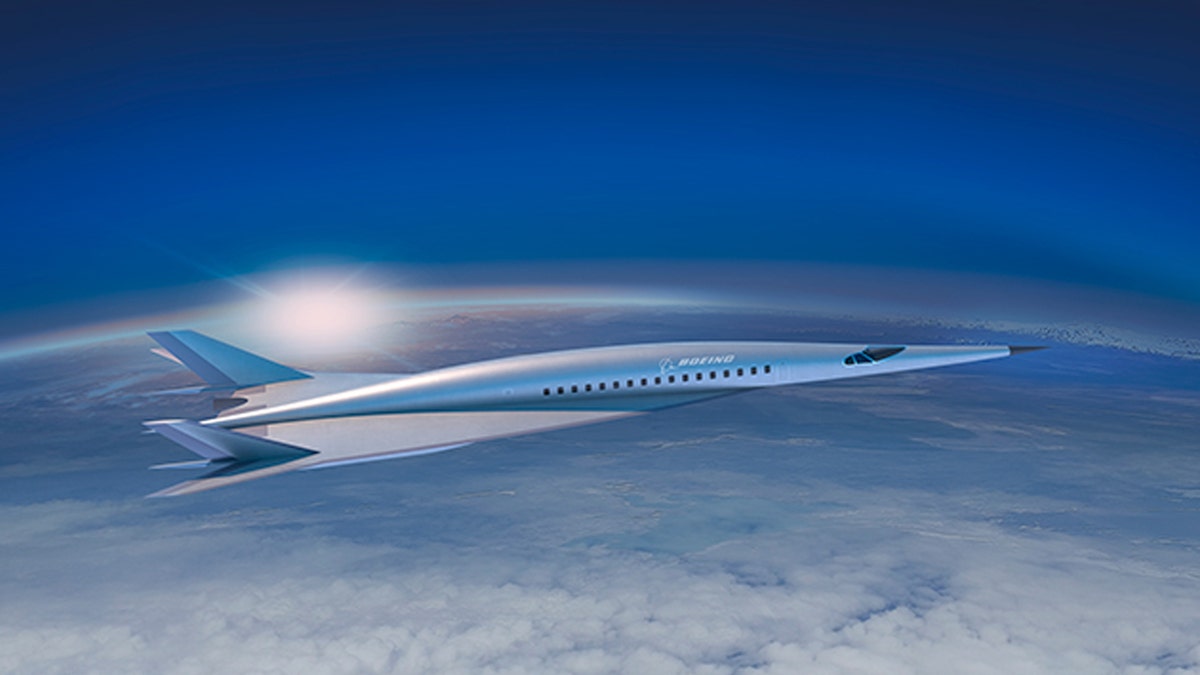
Boeing debuts first passenger-carrying hypersonic vehicle concept (Credit: Boeing) (uschools)
Boeing has unveiled a concept jet that will be capable of whisking passengers from New York to London at a blistering Mach 5 – making it capable of crossing the pond in just two hours.
The hypersonic plane would fly almost three times faster than the legendary Concorde — which was decommissioned in 2003 — and cruise at 95,000 feet, about 3,000 feet higher than its supersonic predecessor, according to Aviation Week.
The concept aircraft, which was unveiled at the American Institute of Aeronautics and Astronautics Aviation 2018 conference in Atlanta, is part of a long-range development plan with both commercial and military applications, the news outlet reported.
“We’re excited about the potential of hypersonic technology to connect the world faster than ever before,” Kevin Bowcutt, chief scientist of hypersonics at Boeing, said in a news release.
“Boeing is building upon a foundation of six decades of work designing, developing and flying experimental hypersonic vehicles, which makes us the right company to lead the effort in bringing this technology to market in the future.”
The swooping, streamlined aircraft will accommodate more passengers than a typical long-range business jet, but will be smaller than Boeing’s popular 737 narrow-body airliner.
But don’t plan on making reservations anytime soon – the jet is only expected to enter service in the late 2030s.
According to Boeing’s studies, Mach 5 – five times the speed of sound, or almost 4,000 mph – is the watershed velocity between civil and most nontransport military operations, Aviation Week reported.
“When you look at the problem of getting from Point A to Point B anywhere in the world, the question is how fast do you want to go and how fast is fast enough?” Bowcutt said.
“Supersonic isn’t really fast enough to go overseas and back in one day. For the business traveler or the military, where time is really important, that’s an interesting point. Mach 5 is where you can do that. You can get across the Atlantic in about 2 hours and across the Pacific in about 3 hours.”
This story originally appeared in the New York Post.
